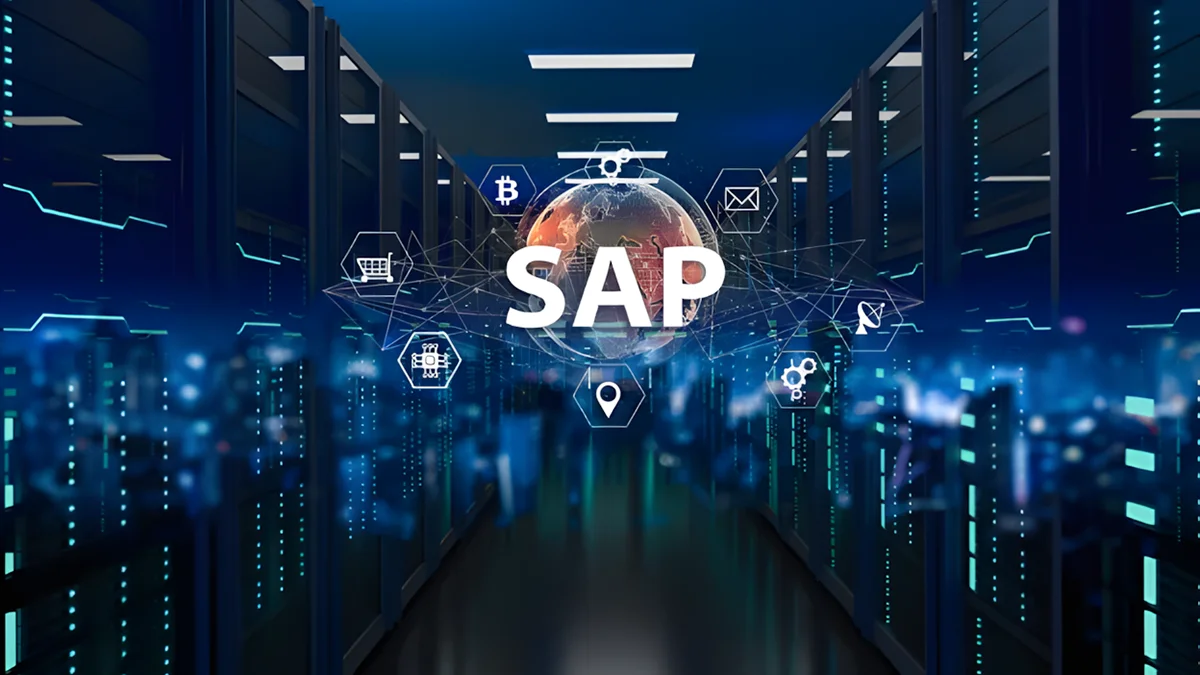1.
What is SAP S/4HANA and What Should Be Considered During the Migration Process?
SAP is an enterprise software solution designed to streamline core business processes across departments such as human resources, finance, budgeting, supply chain, sales, and customer relationship management. It enables seamless data sharing across units through a centralized platform. A more modern and powerful evolution of this system is SAP S/4HANA. Continue reading to discover what SAP S/4HANA is, its use cases, key benefits, and why it’s essential for digitally-driven organizations.
As a next-generation ERP suite, SAP S/4HANA—short for SAP Business Suite 4 HANA—leverages an in-memory database architecture that enables high-speed data processing. Unlike traditional database systems, S/4HANA stores data directly in RAM, allowing organizations to perform transactional and analytical operations simultaneously. Designed for modern enterprises, SAP S/4HANA stands out with its intuitive interface, built-in intelligence, and ability to support digital transformation. This cloud-based solution is ideal for data-intensive workloads and can be integrated with cutting-edge technologies like AI and IoT.
Consider a retail enterprise as an example. With SAP S/4HANA, you can monitor inventory levels, track store performance, and analyze customer behavior patterns in real time. This level of insight enables forward-looking business strategies—helping you identify best-selling products and underperforming items to optimize future sales initiatives.

2.
How SAP S/4HANA Works
The SAP S/4HANA public cloud model operates in a multi-tenant environment, meaning multiple customers share the same infrastructure while maintaining data isolation. This eliminates the need for companies to build IT systems from scratch, accelerating implementation timelines and reducing capital expenditures. The solution also benefits from automatic updates provided by SAP, ensuring continuous access to the latest features and security enhancements. With a subscription-based pricing model—monthly or annually—organizations can tailor their software packages to their needs and pay only for what they use. Additionally, since it removes the dependency on physical servers, SAP S/4HANA minimizes the need for large-scale IT investments, making it an attractive option for small and mid-sized businesses seeking rapid digital transformation.
3.
Tips for a Smooth SAP S/4HANA Migration
This article not only explains what SAP HANA is but also provides guidance on the key phases of the migration process. Transition strategies can include greenfield implementation, system conversion, or selective data transition—each suited for different business needs.
- Greenfield Implementation: Ideal for businesses initiating a new ERP deployment from the ground up.
- System Conversion: Best suited for organizations upgrading from an existing SAP system to S/4HANA, preserving core configurations and processes.
- Selective Data Transition: Enables the transfer of only essential datasets from legacy systems, allowing for a hybrid approach that combines old and new environments efficiently.
4.
Target Users and Use Cases of SAP S/4HANA
This advanced ERP platform supports digital transformation across business functions and is designed to meet the needs of a wide range of professionals—from finance leaders and supply chain managers to production engineers and marketing teams. With tailored modules and real-time analytics, SAP S/4HANA empowers CFOs, COOs, CIOs, and CEOs to optimize operations and drive performance. Below are some of the key application areas where SAP HANA cloud technology can streamline processes, reduce costs, and increase operational efficiency:
- Real-time financial reporting and performance monitoring
- Error-minimized accounting and budgeting processes
- Advanced financial forecasting and risk assessment tools
- Integrated procurement, inventory, and materials management
- Dynamic logistics optimization such as delivery route planning
- Real-time stock level monitoring aligned with customer demand
- Digitization of smart manufacturing lines with IoT integration
- End-to-end product quality and compliance monitoring
- Employee performance tracking in real time
- Payroll, leave, recruitment, talent development, and career planning
- Customer purchase history and behavior tracking
- Seamless integration between online and physical retail environments
- Centralized management of all operational processes
These capabilities are applicable across industries—from healthcare and finance to retail, e-commerce, customer service, human resources, product lifecycle management, and logistics. With GlassHouse professional cloud services, you can streamline and accelerate your transformation with SAP S/4HANA. Contact us today via our contact page to make your business operations more agile and future-ready.
For insights on cloud security frameworks, don’t miss our article Stay Protected with Managed Security Services.




